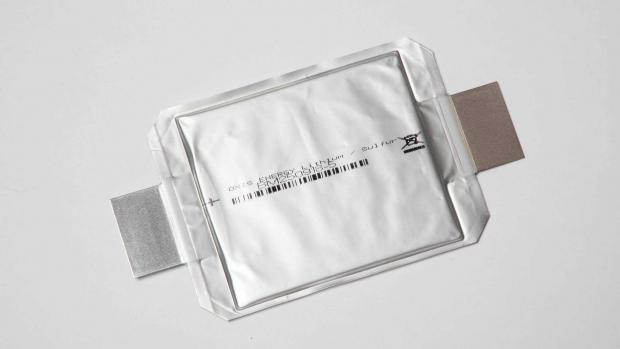
Breaking News
 Chairman Rand Paul Releases New Report Revealing Hundreds of Billions...
Chairman Rand Paul Releases New Report Revealing Hundreds of Billions...
 Get Schiffty Music Video | Rick and Morty | Adult Swim
Get Schiffty Music Video | Rick and Morty | Adult Swim
 Astrophysicist Dr. Willie Soon reminds us that "CO2 is the gas of life"...
Astrophysicist Dr. Willie Soon reminds us that "CO2 is the gas of life"...
Top Tech News
 This tiny dev board is packed with features for ambitious makers
This tiny dev board is packed with features for ambitious makers
 Scientists Discover Gel to Regrow Tooth Enamel
Scientists Discover Gel to Regrow Tooth Enamel
 Vitamin C and Dandelion Root Killing Cancer Cells -- as Former CDC Director Calls for COVID-19...
Vitamin C and Dandelion Root Killing Cancer Cells -- as Former CDC Director Calls for COVID-19...
 Galactic Brain: US firm plans space-based data centers, power grid to challenge China
Galactic Brain: US firm plans space-based data centers, power grid to challenge China
 A microbial cleanup for glyphosate just earned a patent. Here's why that matters
A microbial cleanup for glyphosate just earned a patent. Here's why that matters
 Japan Breaks Internet Speed Record with 5 Million Times Faster Data Transfer
Japan Breaks Internet Speed Record with 5 Million Times Faster Data Transfer
 Advanced Propulsion Resources Part 1 of 2
Advanced Propulsion Resources Part 1 of 2
 PulsarFusion a forward-thinking UK aerospace company, is pushing the boundaries of space travel...
PulsarFusion a forward-thinking UK aerospace company, is pushing the boundaries of space travel...
 Dinky little laser box throws big-screen entertainment from inches away
Dinky little laser box throws big-screen entertainment from inches away
 'World's first' sodium-ion flashlight shines bright even at -40 ºF
'World's first' sodium-ion flashlight shines bright even at -40 ºF
3rd Gen Lithium-Sulfur Batteries From Alise Project Reach 325 Wh/kg

We have already told you about lithium-sulfur batteries. Or Li-S, if you prefer you. Many research institutes deal with them for their potential of being lighter and having more power density than lithium-ion batteries. The Alise Project has recently announced it has created a new prototype that can deliver 325 Wh/kg. Closer to the production version goal of 500 Wh/kg.
Funded by the European Union, the Alise Project has the participation of 16 partners from 5 different countries. Williams Advanced Engineering and Seat are among them, but the company that will produce these batteries is probably Oxis Energy.
The company has already set an agreement with Codemge Participações S.A. to have the first li-s battery production plant in Minas Gerais, Brazil – a state with abundant sulfur mines. Besides that, Oxis has also announced it will have an electrolyte and cathode active material factory at the Kenfig Industrial Estate Port Talbot, in Wales.
Oxis has already produced a 425 Wh/kg li-s battery, but that is the "state of the art," according to Christophe Aucher, principal researcher of the Alise Project. "At Alise, we developed a compromise between lighter, smaller, big enough, and able to work on power – with a faster charging rate. That is why we reached 'only' 325 for the gravimetric energy density," he told InsideEVs.

 Fireballs are coming
Fireballs are coming

